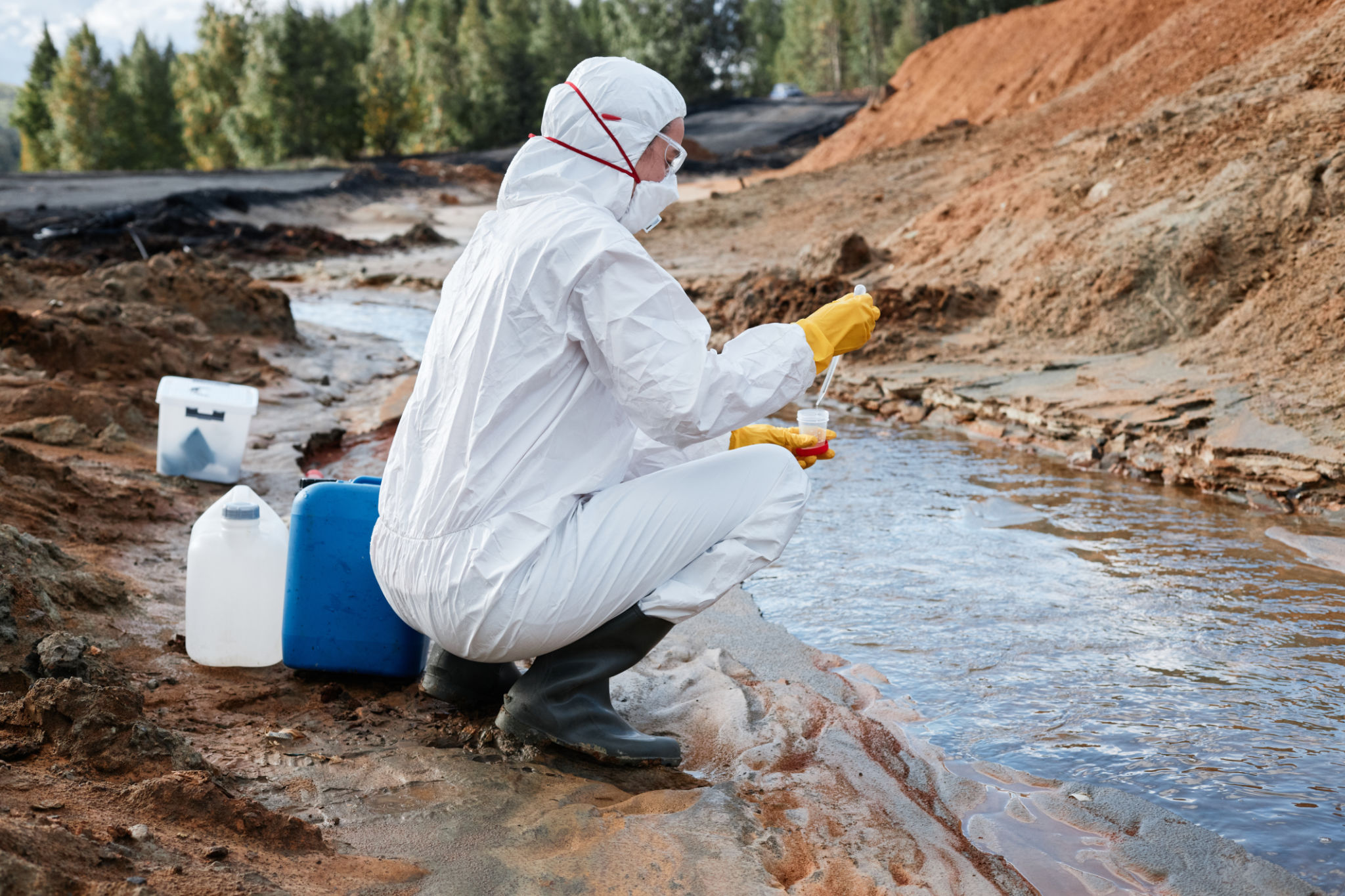Case Study: Transforming a Michigan Winter Lawn into a Spring Paradise
Understanding the Michigan Winter Lawn Challenge
Michigan winters are notoriously harsh, with freezing temperatures and heavy snowfall transforming vibrant lawns into barren landscapes. Homeowners often find their lawns looking dull and lifeless by the time spring arrives. The key to a successful transformation lies in understanding the unique challenges these conditions pose.
The cold weather, snow cover, and fluctuating temperatures impact soil health and grass vitality. It's essential to address these issues with strategic planning and careful maintenance to ensure a lush, green lawn come spring.

Preparation for the Spring Transformation
Preparation is a crucial step in reviving a winter-stricken lawn. Begin by removing any debris, such as fallen branches and dead leaves, that may have accumulated over the winter months. This not only tidies up your lawn but also allows sunlight and nutrients to reach the soil.
Next, aerate the soil to alleviate compaction caused by heavy snow. Aeration improves airflow, enhances nutrient absorption, and promotes root growth. It sets a strong foundation for healthy grass development in the spring.
The Importance of Soil Testing
Understanding your soil's composition is vital for a thriving lawn. Conducting a soil test in early spring will help you determine pH levels and identify nutrient deficiencies. This information allows you to tailor your fertilization strategy to meet the specific needs of your lawn.
Properly balanced soil encourages robust grass growth, making your lawn more resilient to future stressors. Consider consulting with a local gardening center for professional soil testing services.

Choosing the Right Grass Seed
Selecting the right grass seed is essential for a successful transformation. Opt for varieties suited to Michigan's climate, such as Kentucky bluegrass or perennial ryegrass, known for their cold tolerance and durability.
Sowing seeds in early spring gives them ample time to establish roots before the heat of summer. For best results, follow the recommended seeding rates and keep the soil consistently moist during germination.
Implementing a Strategic Fertilization Plan
A strategic fertilization plan is vital for nourishing your lawn back to health. Apply a slow-release fertilizer in early spring to provide essential nutrients throughout the growing season. Pay special attention to nitrogen levels, as this element promotes vigorous growth and rich green color.
Be cautious not to over-fertilize, as this can lead to excessive growth and increased susceptibility to disease. A well-balanced approach will yield the best results for your lawn.

Watering Wisely
Consistent watering practices are critical during the spring transformation phase. While Michigan's spring rains can provide natural irrigation, it's important to monitor rainfall levels and supplement as needed.
Water deeply but infrequently to encourage deep root growth. Early morning is the best time to water, minimizing evaporation and allowing your lawn to dry before nightfall, reducing disease risk.
Pest and Weed Management
Pests and weeds can quickly undermine your efforts to create a lush lawn. Early detection and management are key. Consider using environmentally friendly pest control solutions and pre-emergent herbicides to keep unwanted invaders at bay.
Regularly inspect your lawn for signs of pests or weeds and address any issues promptly. Maintaining a healthy, thick lawn naturally suppresses weed growth by reducing available space for them to take root.

Ongoing Maintenance for Long-Term Success
Once your lawn has been transformed into a spring paradise, ongoing maintenance is essential to preserve its health and beauty. Regular mowing, proper fertilization, and attentive watering practices should be continued throughout the growing season.
A well-maintained lawn not only enhances curb appeal but also provides a welcoming outdoor space for family and friends to enjoy. With dedication and the right strategies, your Michigan winter lawn can thrive year after year.